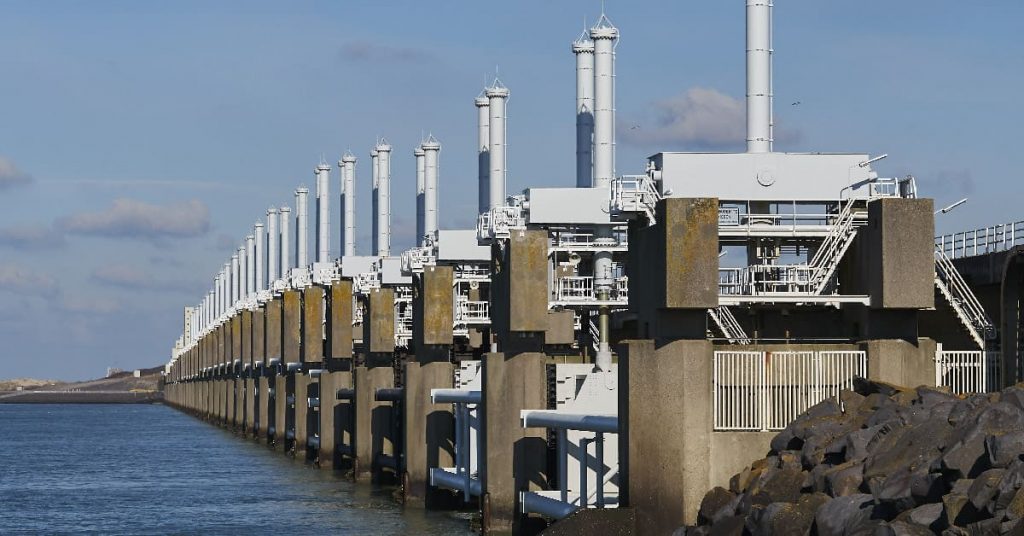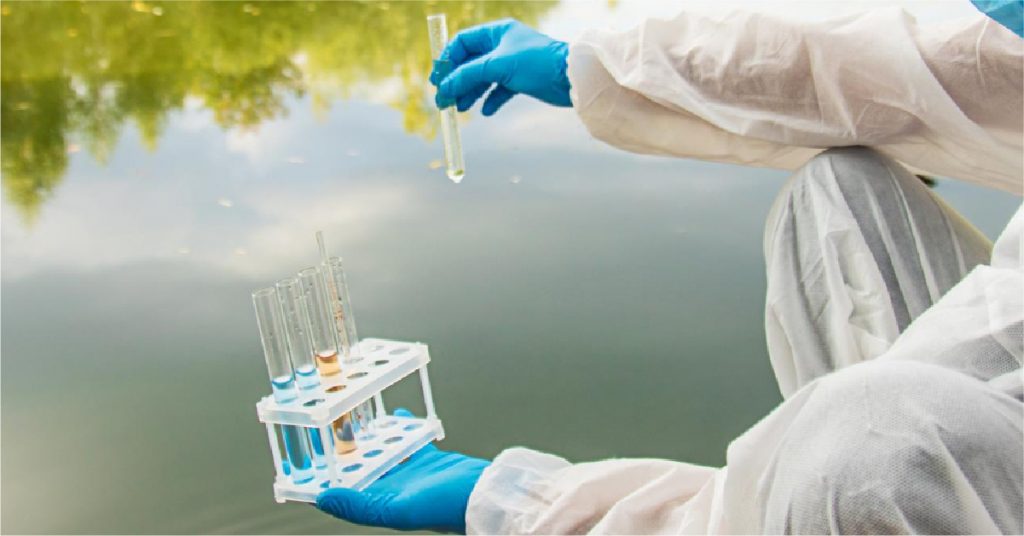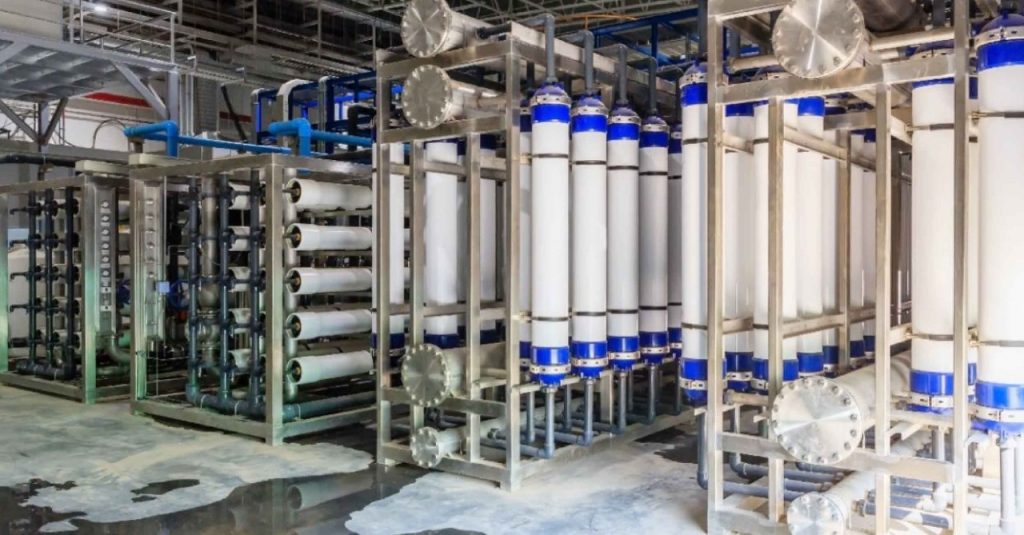Like many other countries, Sri Lanka faces significant challenges in managing wastewater generated by urban populations. A well-structured sewage treatment plant is essential to ensure that wastewater is processed efficiently before being released back into the environment. This article provides a detailed overview of the sewage treatment plant process and its key stages, explaining how a municipal sewage treatment plant functions in Sri Lanka.
What is a Sewage Treatment Plant?
A sewage treatment plant is a facility designed to treat and purify wastewater from households, industries, and commercial areas before it is discharged into natural water bodies or reused. The primary goal of the sewage treatment plant process is to remove contaminants, organic matter, and harmful microorganisms, ensuring the treated water is safe for the environment and public health.
In Sri Lanka, municipal sewage treatment plants play a crucial role in managing wastewater from cities and towns, preventing pollution, and safeguarding water resources.
Key Stages of the Sewage Treatment Plant Process
A municipal sewage treatment plant operates through several critical stages to ensure effective wastewater treatment. These stages include:
1. Preliminary Treatment
The first step in the sewage treatment plant process is preliminary treatment, which involves the removal of large debris, such as plastics, rags, and other non-biodegradable materials. This is achieved through:
- Screening: Large solid waste is removed using mechanical screens.
- Grit Removal: Sand, gravel, and other heavy particles settle in grit chambers.
2. Primary Treatment
In this stage, wastewater is allowed to settle in primary clarifiers or sedimentation tanks. Heavier solids sink to the bottom, forming sludge, while lighter materials like oil and grease float to the surface and are skimmed off. This stage helps reduce the organic load before biological treatment.
3. Secondary Treatment
Secondary treatment is a biological process that breaks down organic matter using microorganisms. The most common methods used in Sri Lanka’s municipal sewage treatment plants include:
- Activated Sludge Process: Wastewater is aerated to promote the growth of bacteria that digest organic pollutants.
- Trickling Filters: Wastewater is passed over a bed of rocks or plastic media, allowing biofilm to break down organic matter.
- Sequential Batch Reactors (SBR): A time-based system where aeration, settling, and decanting occur in the same tank.
4. Tertiary Treatment
Tertiary treatment is an advanced purification process aimed at removing any remaining contaminants, nutrients, and pathogens. It involves:
- Filtration: Sand filters or membrane filtration systems are used to remove fine particles.
- Chemical Treatment: Chlorination, ozonation, or ultraviolet (UV) disinfection kills harmful bacteria and viruses.
- Nutrient Removal: Processes like chemical precipitation help remove nitrogen and phosphorus to prevent eutrophication in water bodies.
5. Sludge Treatment and Disposal
The sludge collected from primary and secondary treatment requires further processing to minimize environmental impact. Common methods include:
- Anaerobic Digestion: Microorganisms break down sludge in the absence of oxygen, producing biogas as a byproduct.
- Dewatering: Water is removed using centrifuges or drying beds to reduce sludge volume.
- Incineration or Land Application: Treated sludge can be incinerated for energy recovery or used as fertilizer in agriculture.
Types of Sewage Treatment Plants
There are different types of sewage treatment plants designed to cater to various wastewater treatment needs. Some of the commonly used types of sewage treatment plants in Sri Lanka include:
- Conventional Activated Sludge (CAS) Plants: Used in large cities for comprehensive biological treatment.
- Membrane Bioreactors (MBR): Advanced filtration combined with biological treatment for high-quality effluent.
- Moving Bed Biofilm Reactors (MBBR): Compact and efficient systems suitable for decentralized sewage treatment.
- Sequencing Batch Reactors (SBR): Ideal for municipal and industrial wastewater treatment with batch processing.
- Constructed Wetlands: A nature-based solution using plants and microorganisms to treat sewage sustainably.
The Importance of Municipal Sewage Treatment Plants in Sri Lanka
Sri Lanka is experiencing rapid urbanization, increasing the demand for efficient wastewater treatment solutions. Properly functioning municipal sewage treatment plants help:
- Reduce water pollution and protect natural ecosystems.
- Prevent the spread of waterborne diseases.
- Conserve water resources by enabling treated water reuse.
- Support sustainable urban development and environmental compliance.
Government authorities and environmental organizations in Sri Lanka continue to invest in modern sewage treatment plant technologies to enhance wastewater management and minimize ecological impact.
Ion Exchange’s Advanced Sewage Treatment Solutions for Sri Lanka
Ion Exchange is a leading provider of innovative water and wastewater treatment solutions in Sri Lanka. Their advanced range of sewage treatment plants is designed to meet the diverse needs of the country’s growing population and industrial sectors. With a focus on sustainability and efficiency, Ion Exchange offers customized solutions that incorporate the latest technologies, ensuring optimal performance and environmental compliance.
INDION New Generation Packaged Sewage Treatment Plant (NGPSTP)
It is a state-of-the-art solution that combines the innovative technologies of lamella plate clarification and aeration, resulting in a highly efficient, ready-to-operate, prefabricated system for sewage treatment. This all-in-one single-tank packaged system is designed with a modular capacity ranging from 10 to 100 m3/d, making it both compact and user-friendly. Not only does it deliver high-quality effluent, but it also boasts features that cater to the specific needs of modern facilities. The NGPSTP’s advantages include minimal land usage, reduced power and chemical requirements, and low operating costs, making it an ideal choice for a wide range of applications while ensuring environmental sustainability and cost-effectiveness.
INDION NGPSTP-NR
It is an advanced sewage treatment solution that combines a fixed film reactor with lamella clarification, resulting in a high-performance, prefabricated system that is ready to operate. This all-in-one, modular design offers compact and simple operation with minimal maintenance. Built with an MS tank lined with FRP, it ensures no corrosion, delivering high-quality effluent while being efficient and easy to manage.
Sequencing Batch Reactor (SBR)
It is an advanced activated sludge process that operates in true batch mode, with both aeration and sludge settlement occurring within the same tank. Unlike conventional continuous-flow systems, which separate these functions into different spaces, the SBR performs them in a time sequence, offering greater flexibility. This design allows the SBR to handle varying influent volumes, making it adaptable to changing conditions, unlike the continuous system, which relies on a fixed flow rate.
Advanced Fluidized Media Reactor (AFMR) system
It is a compact SINGLE TANK DESIGN UNIT that integrates an aeration tank with floating media, a lamella settler, and a chlorine contact tank. The AFMR media boasts a high surface area, excellent physical and chemical resistance, and minimal annual losses. INDION’s Advanced FMR offers significant advantages, including reduced space requirements, lower power consumption due to the elimination of sludge recirculation, and minimal maintenance thanks to its design without moving mechanical parts.
Conclusion
Municipal sewage treatment plants play a vital role in maintaining public health, protecting water resources, and supporting sustainable urban development in Sri Lanka. Understanding the sewage treatment plant process helps highlight the importance of efficient wastewater management in reducing pollution and ensuring a cleaner environment. With advancements in treatment technologies, modern sewage treatment plants are becoming more efficient, contributing to a healthier and more sustainable future.
Connect with Ion Exchange experts today to learn more about what is a sewage treatment plant and the best types of sewage treatment plants for your specific needs.





